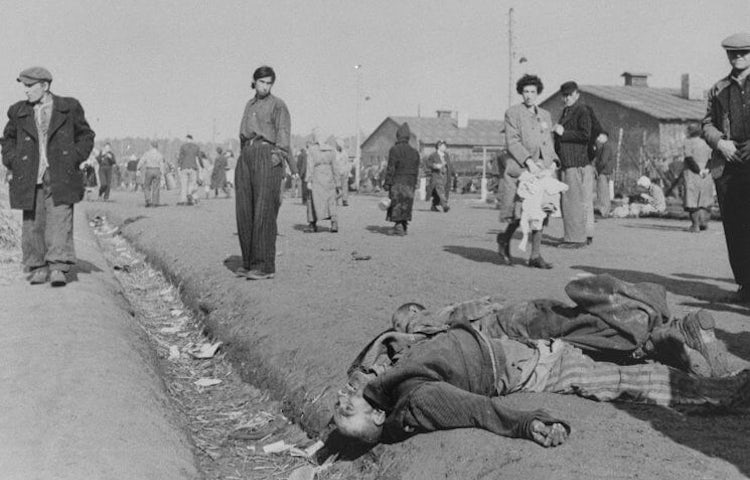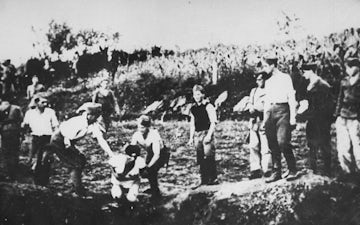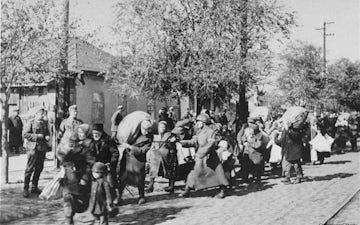
Bergen-Belsen was a Nazi concentration camp in Lower Saxony, Germany, about 65 kilometers from the city of Hanover. It was originally established in 1943 as a camp for privileged and other special inmates, including prisoners from neutral countries or whom the German authorities wanted to exchange for German prisoners in Allied hands.
Starting in the fall of 1944, prisoners from death and concentration camps such as Auschwitz were transferred to Bergen-Belsen in large numbers, and the camp’s inmate population grew from 7,300 in July 1944 to around 15,000 in December of that year. When Bergen-Belsen was liberated by British troops on April 15, 1945, it contained more than 60,000 inmates, most of them Jews, but also Poles, Roma, homosexuals, and others.
During the winter of 1945, sanitary conditions there were horrendous, with prisoners suffering from typhus, extreme malnutrition, dysentery, and other communicable diseases. It is estimated that approximately 50,000 inmates died at Bergen-Belsen, including Anne Frank.
After the liberation, the survivors were transferred to a nearby German military base that became the largest Displaced Persons camp in Germany.




